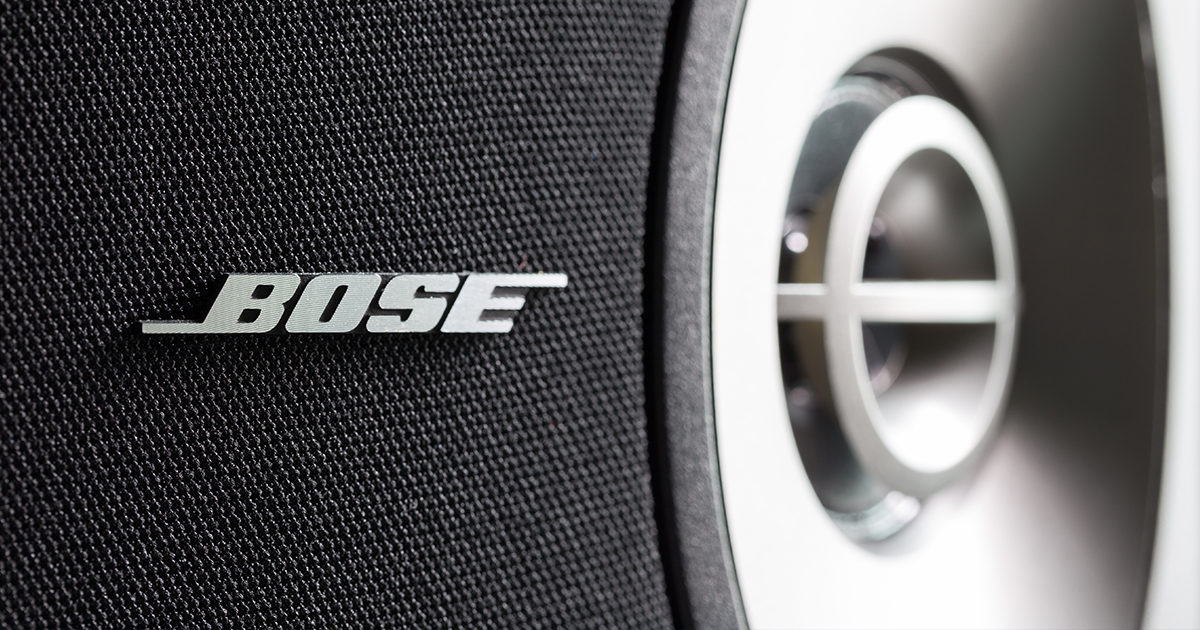We live in a world where it feels like we are missing a part of us when we forget our earphones or headphones. Portable sound systems and sound systems in particular have become an integral part of our lives and contribute to enhancing our quality of life. From taking calls to listening to music a sound system is a must have accessory and Bose reinvented how sound is perceived with their high quality sound systems and accessories. Bose is one of the largest manufacturers in the audio industry space along with JBL and Sennheiser. Let us look at the story of how Bose came to be what it is today.
Beginnings:
Bose was founded by Amar Bose in 1964 in Massachusetts, U.S.A. He began his career as an academic engineer at MIT in the late 1950s, licensing power conversion and amplification technology to the U.S. military and government agencies such as NASA. Amar Bose had an interest in speaker systems and was piqued when he purchased an audio system ,in 1956 and was disappointed by its performance. Amar Bose began thinking about a good quality sound system along with his thesis advisor and professor Y.W. Lee. They fit a human -shaped mannequin with microphones where a person’s ears would be and placed it in different positions around the concert hall. The idea was to record what live music would sound like to a person. The purpose of the company was to develop speaker systems which used multiple speakers aimed at the surrounding walls to reflect the sound and replicate the sound of a concert hall.
The first product Bose engineered was the Bose 2201 in 1966. The design was unusual and unconventional and consisted of 22 speakers, with many of them facing away from the listener. The 2201 was designed to be located in the corner of a room, using reflections off the walls to increase the apparent size of the room. This was a failure and was discontinued after four years on the market. This led Amar to the conclusion that the audio system measurement techniques of his time were not effective ways to evaluate the goal of natural sound reproduction. Amar instead argued the best way of measuring the audio quality is the listeners perception.
ALSO READ: Maggi: The Story Of The Simple Noodles Which Became An Iconic Indian Snack
Growth
In 1968, the company introduced the Bose 901 stereo speaker system, which used eight mid-range drivers pointing towards the wall behind the speaker, and a ninth driver towards the listener. The purpose of this design was to achieve a dominance of reflected over direct sound in home listening spaces. The Bose 901 Stereo system was an immediate commercial success. The Bose 901 model name was a mainstay of the Bose line up for many years, being produced from 1968 until 2016.
Bose being a privately owned company gave Amar Bose the freedom to sink profits into research. This contributed to some wonders which now might seem normal like the noise cancelling headphones and audio systems in cars. The first noise canceling headphones took $50 million and more than a decade of work. The technology not only led to the successful Quiet Comfort line of consumer noise canceling headphones, and a special line for pilots and NFL coaches. Bose also installed the first audio system custom built for the interior of a production car, the 1983 Cadillac Seville.
Bose is now a mainstay in the audio industry as it has a presence in almost every imaginable part of our lives which require the use of an audio system. In 2011,the then chairman and primary stockholder Amar Bose donated the majority of the firm’s non voting shares to his former employer and alma mater, the Massachusetts Institute of Technology.


binance referal code
May 25, 2025 at 2:47 am
Your point of view caught my eye and was very interesting. Thanks. I have a question for you.
Binance开户
July 9, 2025 at 3:08 pm
Thank you, your article surprised me, there is such an excellent point of view. Thank you for sharing, I learned a lot.
Lumikha ng Binance Account
July 15, 2025 at 9:06 am
Thank you for your sharing. I am worried that I lack creative ideas. It is your article that makes me full of hope. Thank you. But, I have a question, can you help me?
registro de Binance
August 2, 2025 at 8:19 pm
Your point of view caught my eye and was very interesting. Thanks. I have a question for you.